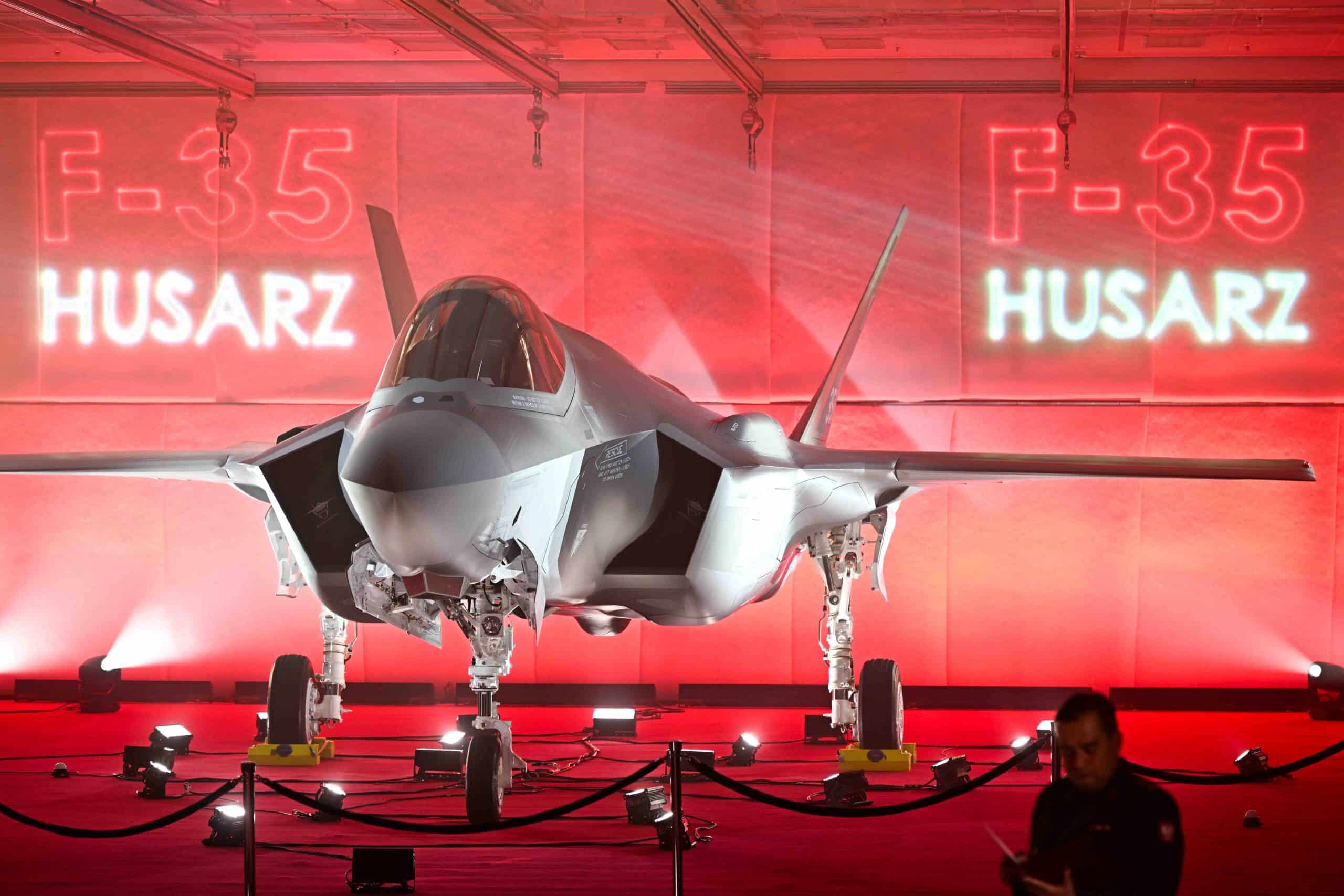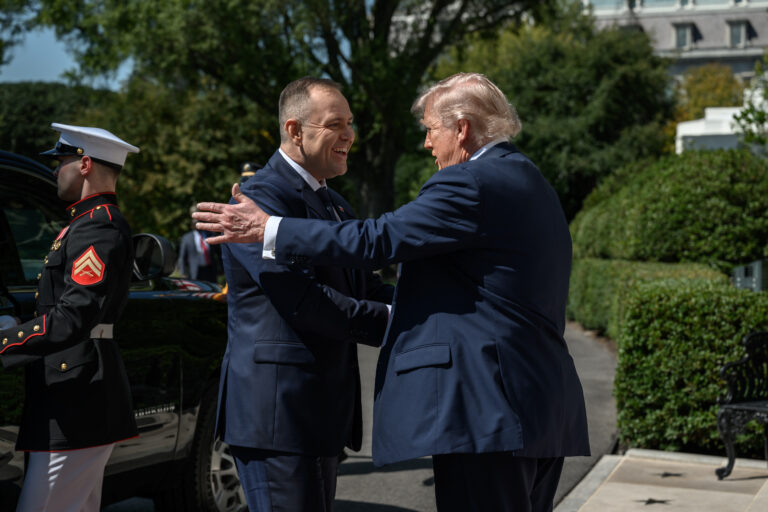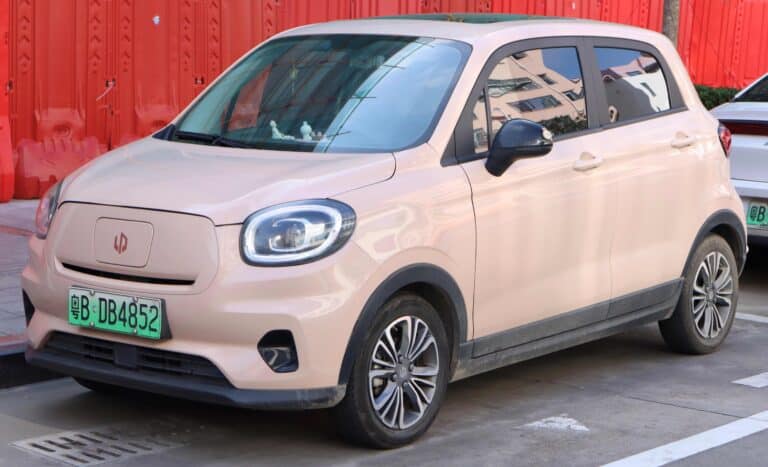Poland: Defense sentinel of Europe
The changes that the Polish Armed Forces—Wojsko Polskie—have undergone since the outbreak of Russian aggression in Ukraine in 2014 are historically unprecedented, drawing on over 220 years of Polish military experience. In the late 18th century, Poland was conquered by Russia for 123 years, in 1920 it was attacked but won, after World War II it was suppressed by Soviet military domination for 45 years, and now it faces various hybrid threats. The Poles are determined to restore their military power swiftly. When Russia attacked Ukraine, a record 13,000 volunteers signed up. In 2014, the Polish Armed Forces numbered 89,000 troops, but that figure has grown to 216,100, making Poland’s military the third-largest in NATO, behind only the U.S. and Turkey. Volunteers continue to enlist, with plans in place to grow the force to 250,000.
Military strength, of course, requires funding. In 2023, Poland spent $31.6 billion on defense, ranking 14th in the world. This year, that figure is expected to rise to $40 billion. With this amount representing 4.32% of Poland’s Gross Domestic Product (GDP), the country has become NATO’s leader in defense spending as a percentage of GDP, surpassing the U.S. (3.38%), the UK (2.33%), Germany (2.12%), and France (2.06%). It’s worth noting that NATO’s recommended minimum threshold of 2% is not even met by eight member states, including Italy, Canada, and Spain.
Poland is also a leader in acquiring and developing new military hardware, accounting for 51.1% of its military spending. Recent contracts have nearly replenished the post-Soviet stockpiles, much of which has been sent to Ukraine. In 2015, the defense industry was consolidated into the Polish Armament Group (Polska Grupa Zbrojeniowa), a state-owned holding company that employs 20,000 people across 40 companies, including Bumar, Radwar, Jelcz, Rosomak, Mesko, Stomil, and the Naval Shipyard, which have been well-known for decades. The group also includes the Łucznik Arms Factory and Huta Stalowa Wola, which were established before World War II. Poland follows a rational strategy of contracting primarily with Polish producers, turning to foreign suppliers only when necessary.
The scale and scope of Poland’s recent weapons acquisitions are staggering.
First, the army has already received 150,000 of the newest Grot rifles from Łucznik, with another 50,000 expected for all troops. These innovative, modular weapons have proven to be precise and reliable in the heavy combat seen on the Ukrainian frontlines. Polish factories have also been supplying infantry fighting vehicles (IFVs). The army now has nearly 1,000 Rosomak wheeled IFVs and has contracted for 58 more, which will feature unmanned turrets. In November, the army is set to sign a contract for over 1,000 Borsuk tracked IFVs, with a few dozen to be delivered by the end of this year. The army also possesses 50 Polish Krab howitzers and is negotiating for 96 more. Notably, the Ukrainian Ministry of Defence included the Krab in its 2024 calendar, honoring it as one of the most effective weapons in combat.
When domestic production cannot meet demand, Poland turns to imports, primarily from the U.S., but also from South Korea. In August 2024, Huta Stalowa Wola and U.S. contractor Raytheon signed an agreement to produce 48 Patriot launchers, with delivery to the Polish army set to begin in 2027. In June, Poland received a record shipment of 47 U.S. M1A1 Abrams main battle tanks, part of a contract signed in January 2023. This shipment was the last of 116 Abrams tanks, which Poland purchased for just $1.4 billion, mainly covering ammunition, as the tanks were delivered almost for free as compensation for Polish T-91 Twardy tanks sent to Ukraine. Under another contract signed in 2022, Poland will receive 250 newer-generation M1A2 Abrams tanks worth $4.75 billion, with deliveries scheduled from 2024 to 2026. Within two years, Poland will have 366 Abrams tanks in total.
In 2022, Poland also signed a contract with South Korea for the purchase of 180 K2 Black Panther tanks, 46 of which have already been delivered. Another contract for 180 tanks is expected this year, with Poland having signed a framework agreement for a total of 1,000 tanks.
In 2020, Poland signed a spectacular $4.6 billion contract for 32 U.S. F-35 fighter jets, considered the most lethal, survivable, and connected fighters in the world. These jets provide pilots with a critical advantage over any adversary, thanks not only to their advanced weaponry but also their ability to connect numerous high-tech platforms and share information across air, land, sea, space, and cyber domains. On August 28, 2024, during Polish Aviation Day, the first Polish F-35 was officially presented by Lockheed Martin at its plant in Fort Worth, Texas. Poland had to wait four years for this delivery, as each F-35 takes 18 months to build, and the buyer list is long. The jets will be delivered successively from 2026 to 2030. Interestingly, they have been officially named “Husarz” by the Polish public in a survey held by the Armed Forces General Staff. “Husarz,” or Winged Horseman, refers to the fighters of the famed Polish military formation Husaria, which did not lose a battle for 125 years.
In 2022, Poland also signed two contracts with South Korea for a total of $3 billion for light FA-50 jet fighters. Under the first contract, 12 fighters were delivered in summer 2024, and under the second, 36 FA-50PL fighters, customized for Poland, are expected in 2025. Both are compatible with F-16 and F-35 systems.
In August 2024, Poland signed a contract for 96 Apache AH-64 attack helicopters, considered the most advanced and lethal in the world. These helicopters will be the backbone of the U.S. Army into the 2060s, and Poland will acquire the largest fleet of Apaches outside the U.S., with deliveries scheduled between 2028 and 2032 for a record $10 billion. The contract includes technology and know-how transfers from Lockheed Martin, Boeing, and General Electric.
Poland is also excelling in cybersecurity and space. Its Cyberspace Defence Forces, established in 2022, were ranked first in the world in 2024 by the Estonian e-Governance Academy Foundation’s National Cyber Security Index. Meanwhile, the Polish-Finnish consortium Iceye operates a constellation of 34 SAR satellites from a mission control center in Warsaw and has been thanked by Ukraine’s Ministry of Defence for its assistance in identifying over 1,000 Russian combat units. Poland has also contracted its own observation satellites, including two from Airbus and three from the Military Academy of Technology in Warsaw, which has named its satellites “Piast” after Poland’s first royal dynasty.
Global media have taken note of Poland’s growing military power. A year ago, headlines proclaimed Poland’s rise. The Daily Telegraph wrote, “Poland is now the rising power of Europe.” Fox News said, “Poland to become European military powerhouse.” Daily Mail added, “The Poles are rearming at a breathtaking rate and are now Europe’s rising power.” Politico stated, “Meet Europe’s coming military superpower: Poland.” This year, the message has shifted: Poland’s power has arrived. The Atlantic Council noted, “Poland’s military and economic rise is coming just in time, as the West wobbles.” The Kyiv Post declared, “Poland’s war-driven defense strategy sets a new standard for Europe.” Euronews concluded, “Poland: Europe’s defense sentinel.”







